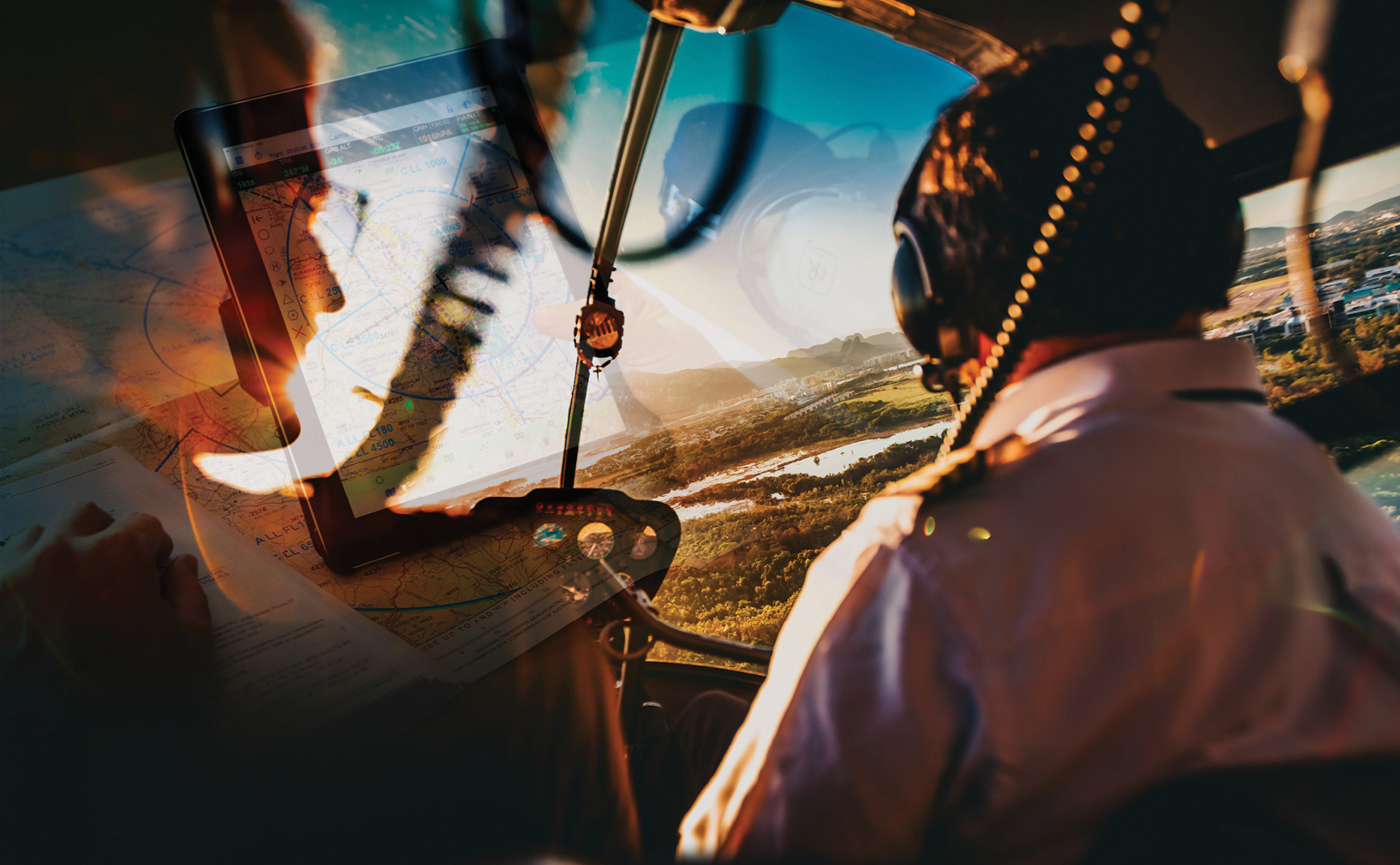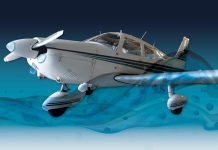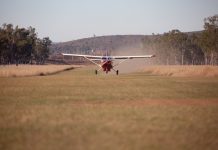By Gary Winstanley
I was in the middle of my PPL training when I was called to Austin, Texas, to attend a seminar.
Being keen, I took this opportunity to broaden my flying experience and booked with a flying school based at Austin-Bergstrom International Airport, arriving a week before the seminar.
I planned to get my cross country out of the way and, the day before, went out to conduct some routine exercises. I landed around sunset with my instructor who advised me that I would be taking the same aircraft in the morning for my cross country. The fuel was on the low side but, as the fuel costs at Bergstrom were high in comparison to the smaller airfields I would be visiting, he decided just to put around a quarter of a tank in each wing and I could fill up at my first stop. Fueling was duly done by the airport services staff.
As we prepared for the short taxi back to our parking bay, my instructor noticed that both tanks were full according to the gauges. He made some angry comment about them ripping us off by ignoring our request, before filling in the fuel record sheet ‘full’.
The following morning, I arrived bright and early, filed my flight plan, grabbed the aircraft keys and paperwork and went off to prep that aircraft, which was quite a way from the school—so far that it was normal to grab a lift with one of the other students or staff using the school’s car. I did my walk around and, to my annoyance, there was no fuel dip stick in the aircraft (apparently, as I found out later, these are extremely prone to being stolen).
I didn’t want to call the school to come out again and the aircraft had not moved since we filled it up the previous evening. The fuel sheet showed full, and the fuel gauges confirmed the tanks were full, so I left it at that.
An uneventful departure had me on course to my first stop around 150 miles out. Nicely trimmed, calm air and a beautiful morning. All was good, so I decided to take the scenic route as I was also at that time trying to build a few hours. Eventually I resumed a heading to my first planned stop. Routine checking showed all the temperatures and pressures were in the green and looking good. That’s when I gave the fuel gauges a healthy tap. My stomach lurched as both gauges dropped to indicate around 10 per cent or less in each tank.
My mind raced—so the airport services had followed our instructions! Why had I not checked the tanks? Even without the dipstick, I should have at least opened the filler cap to check. Why did my instructor write ‘full’ without checking? How many times had I been told how utterly unreliable the fuel gauges are in our light aircraft? I started to sweat.
I leaned as far as I dared and planned for a stop, but there were no airfields closer than my destination. I was also more than halfway there, so I proceeded, constantly scouring the countryside for suitable emergency landing areas. I was so scared and angry with myself as I played out the range of emergency scenarios which I was convinced awaited me.
My airfield eventually came into sight and I landed and taxied straight to the fuel bowser. I was shaking as I proceeded to fill the tanks and was mortified to discover that I had filled up the aircraft with a gallon more than the stated useable fuel. I must have literally landed on fumes.
I completed the remainder of my cross country without incident, but was rocked by the morning’s events. When I handed in the fuel receipts on my return to base, the school owner looked at me in utter disbelief, and deservedly gave me a severe talking to. I learnt a huge lesson from this—never, never skip checks, no matter how much you may think otherwise. I was utterly convinced I had full tanks—I was by the aircraft when they were ‘filled’. My instructor confirmed this. How wrong was I?
I carry my own fuel dipstick these days and always dip the tanks.






Comments are closed.